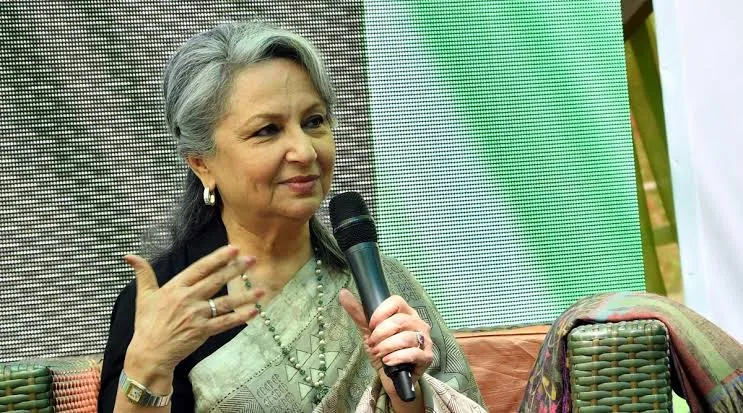From past few days seems like there’s ballon war going on between the two rival Koreas. On 4th June as North Korea launched hundreds of balloons that were filled with poop and trash, now South Korea has also clapped back. Activists from South Korea have also sent balloons carrying K-pop and K-dramas on RSB sticks to North Korea.
Just to aware you, In north Korea under ” “Anti-reactionary Ideology and Culture Act,2020”. The country has banned its population from distributing, watching or listening to any South Korean cultural content. Violations are punishable by years of hard labor for small quantities of banned material and even death for larger amounts.
So, How did the Balloon Cross Country campaigns started? We explain..
For years, activist groups like Fighters for a Free North Korea (FFNK) have been sending balloons carrying items such as medicine, radios, propaganda leaflets, and pieces of South Korean news to the isolated totalitarian dictatorship. Late last month, North Korea retaliated by sending giant balloons back to the South, filled with trash, soil, feces, and scraps of paper and plastic.
Despite these provocations, South Korean activists remained undeterred. Early Thursday morning, videos captured balloons drifting northward, some trailing large posters while others carried smaller packages. According to FFNK, these packages included 200,000 leaflets denouncing North Korean leader Kim Jong Un, 5,000 USB sticks loaded with South Korean media content, and 2,000 one-dollar bills.
Park Sang-hak, the leader of FFNK and a defector who fled to South Korea in 2000, described the materials as “letters of truth and freedom.”
What is the purpose behind the actions?
The purpose behind these actions is rooted in Park’s personal experience. In 1992, as a young man in North Korea, he witnessed a balloon drop leaflets in a public square. One leaflet, which he secretly read, contained stories about defectors and their escapes, eventually inspiring his own defection. Since beginning his mission in 2006, Park has sent leaflets with information about the Kim family, including the assassination of Kim Jong Un’s half-brother, Kim Jong Nam, as well as booklets on South Korea’s economic and political progress. These balloon campaigns aim to break through North Korea’s information blockade, offering its citizens glimpses of the outside world and the possibility of a different future.























